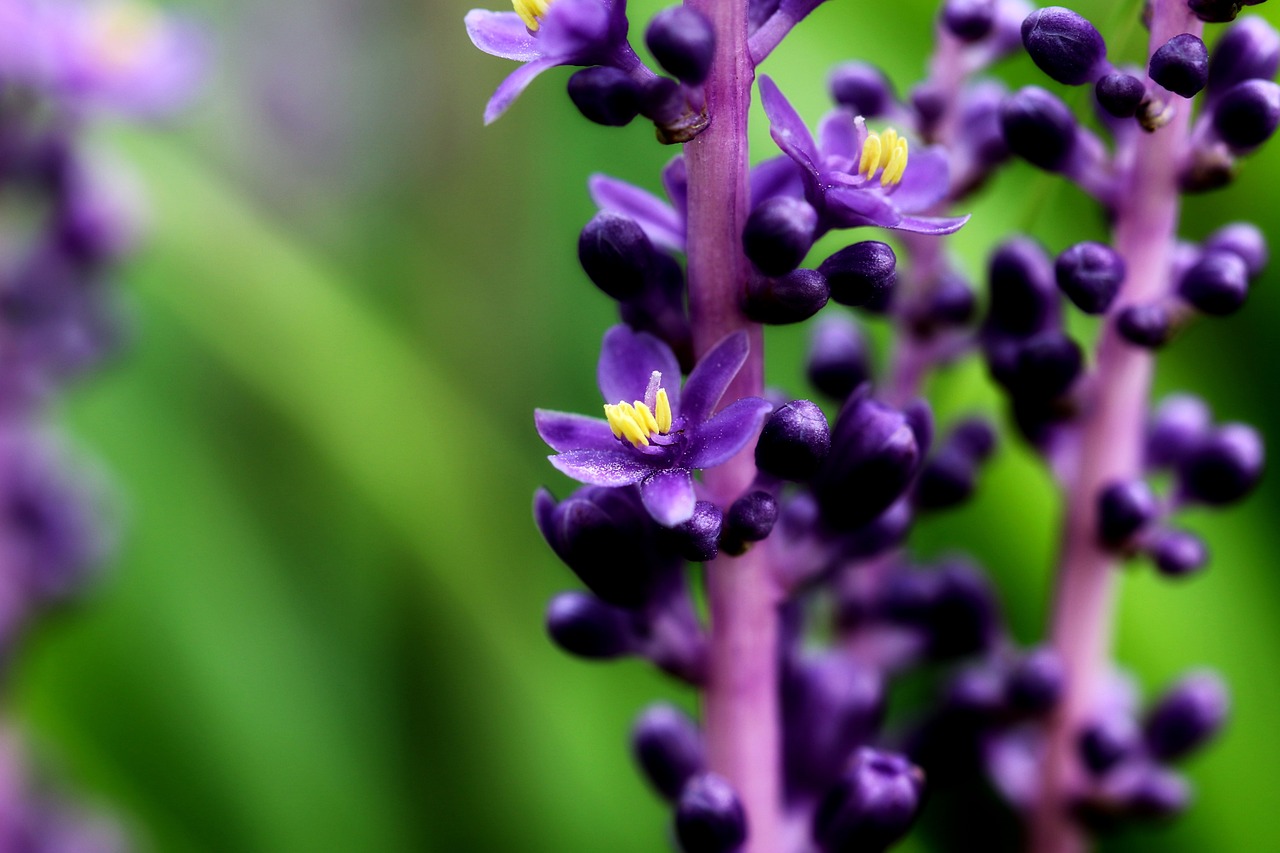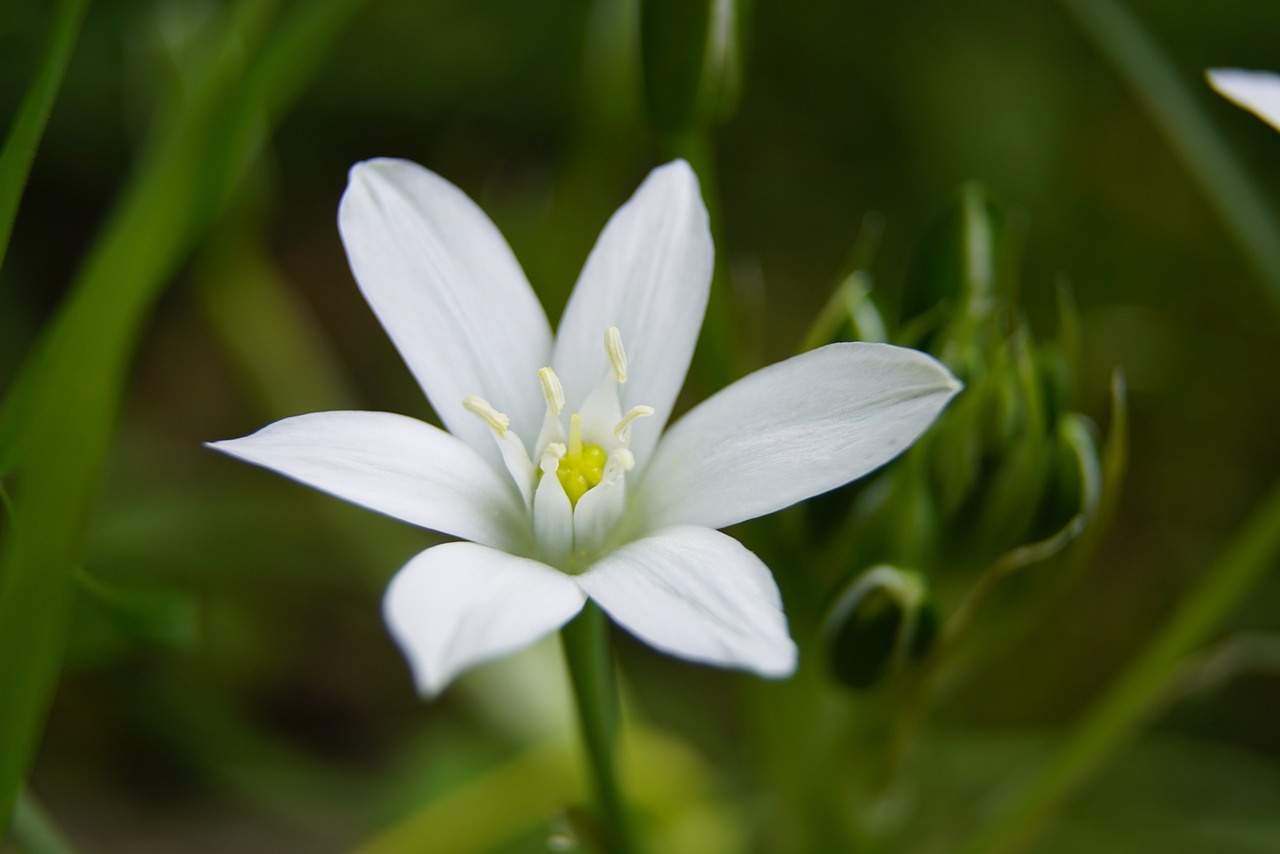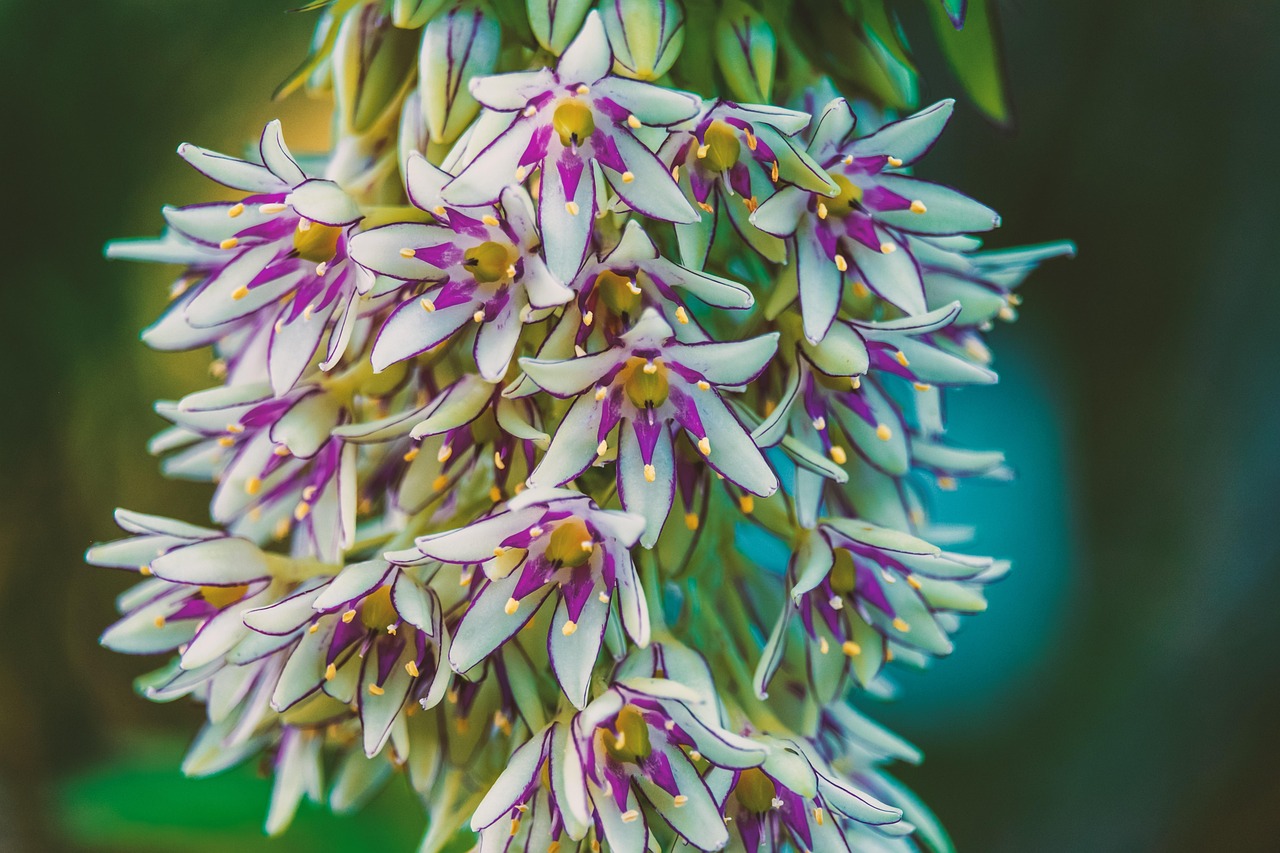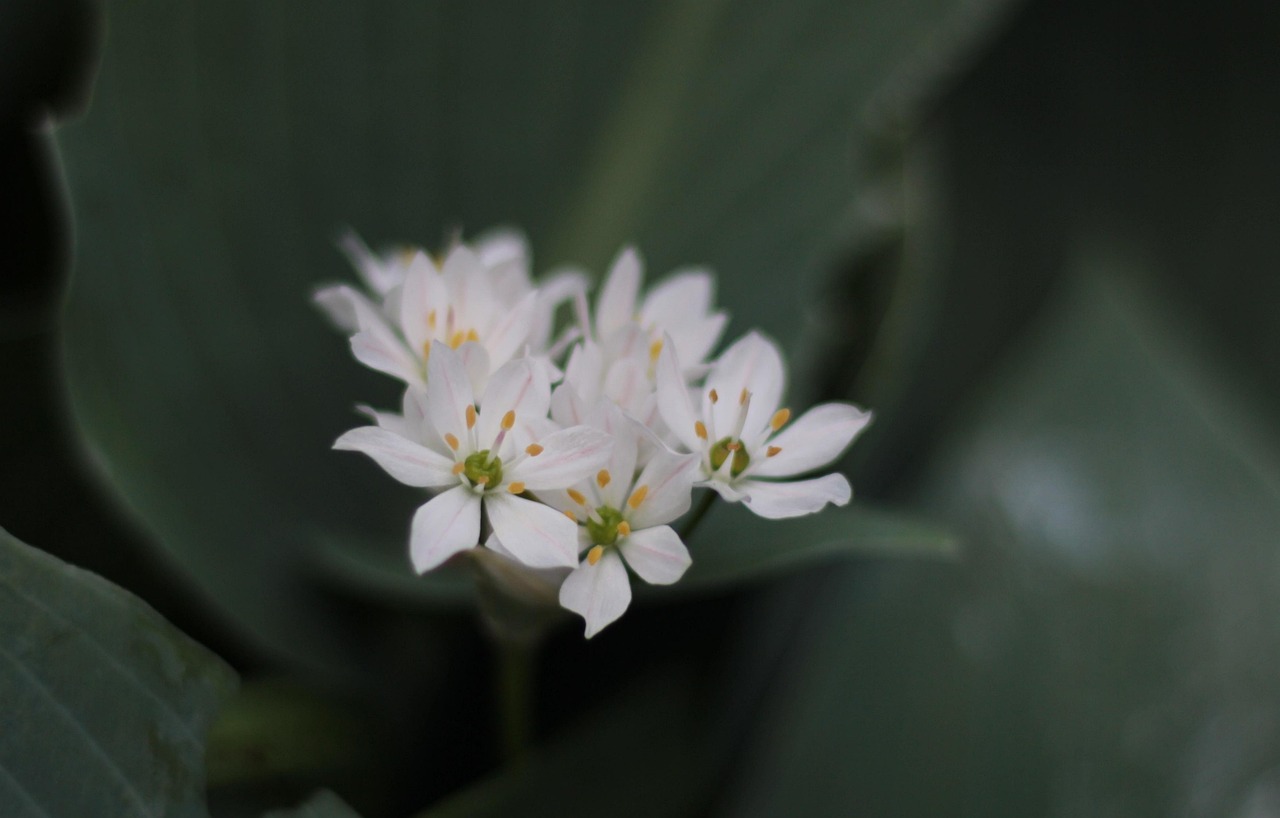Puschkinia | A Serene Early Spring Flower Blooming in Russia
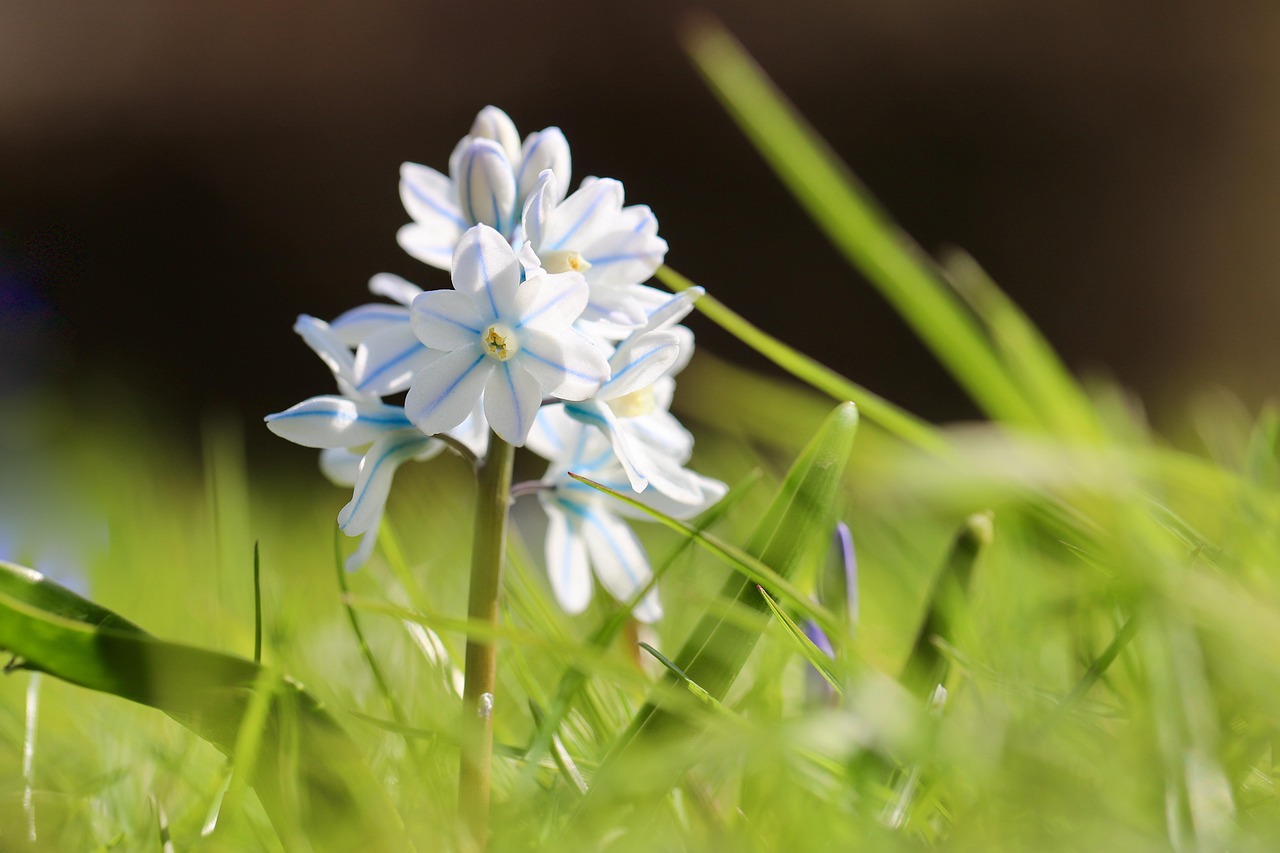
Puschkinia is a beautiful spring-blooming bulbous plant with pale blue petals marked by delicate blue veins. Its graceful and refined appearance makes it a delightful choice for both gardens and potted displays.
In this article, I will introduce the basic information about Puschkinia, its cultural and historical background, and practical advice for cultivation.
Basic Information
- Scientific name: Puschkinia scilloides
- Family: Asparagaceae
- Origin: Caucasus region and Western Asia
- Appearance: The flowers have star-shaped pale blue petals with darker blue stripes, arranged in clusters. The leaves are narrow and bright green, providing a striking contrast during the blooming season.
- Blooming season: Spring (March–April)
Cultural Significance Around the World
Thanks to its delicate beauty, Puschkinia has long been cherished in European gardens and parks.
In the United Kingdom and France, it is a favorite among gardening enthusiasts as an early spring flower, often associated with snowdrops and crocuses as a harbinger of the new season.
Because it thrives in colder climates, Puschkinia is also widely cultivated in Northern Europe and Russia.
In Russia, where it blooms as the snow melts, it is regarded as a symbol of spring and plays an important role in shaping garden landscapes.
Historical Background
The name Puschkinia honors Apollos Apollosovich Puschkin, a 19th-century Russian botanist and explorer. His contributions to plant research were recognized by naming this flower after him.
The plant has been known in the Caucasus and the Middle East since ancient times and was introduced to Europe in the 19th century.
Over time, it gained popularity as a garden plant and is now appreciated in many countries as a flower that brightens up spring gardens.
Gardening Advice
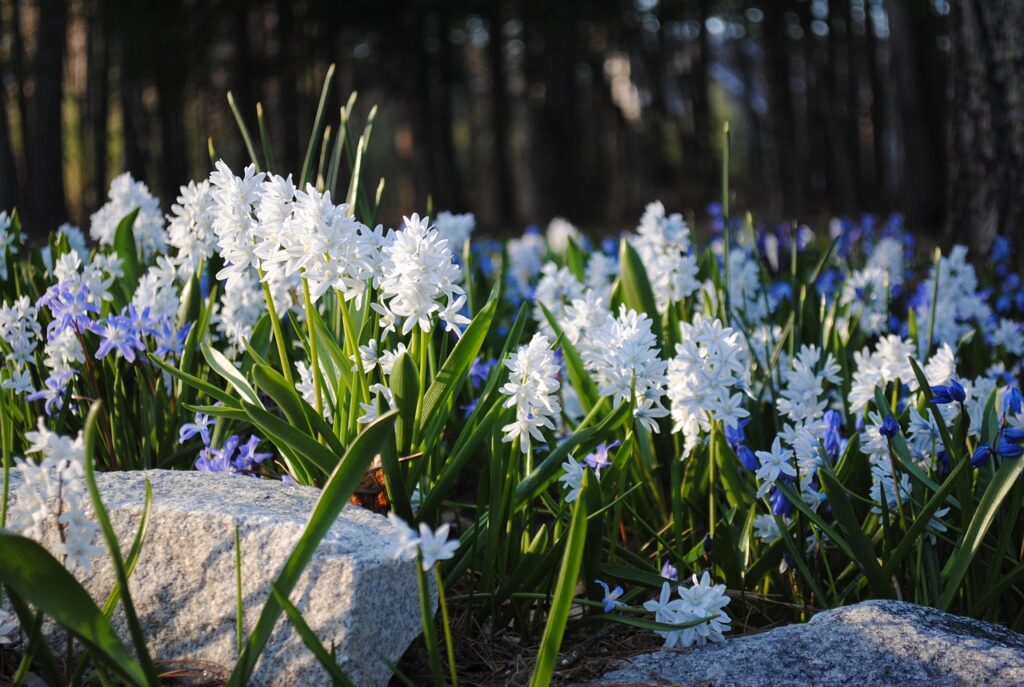
Puschkinia is relatively easy to grow, but creating the right conditions is essential for enjoying its flowers for a long time.
Sunlight
Prefers sunny locations but also grows well in partial shade.
Watering
Water when the soil surface becomes dry during the growing season. As the bulbs are sensitive to excess moisture, well-drained soil is essential.
Soil
Well-drained, moderately fertile soil is ideal. A mixture of leaf mold and sand provides a light texture.
Fertilizer
Apply slow-release fertilizer at planting to encourage spring growth. After flowering, reduce fertilization to allow the plant to enter dormancy naturally.
Hardiness
Cold-resistant and can overwinter outdoors in the ground. In extremely cold regions, mulching with straw or fallen leaves offers extra protection.
Conclusion
Puschkinia is a charming spring-blooming bulbous plant with pale blue flowers delicately striped with deeper blue. It can be enjoyed in both gardens and pots.
In Europe, it is cherished as a herald of spring, while in Russia, it holds special meaning as a flower that blossoms with the melting snow.
Named after the Russian botanist Apollos Puschkin in the 19th century, it has since spread around the world and continues to be loved as an ornamental plant.


